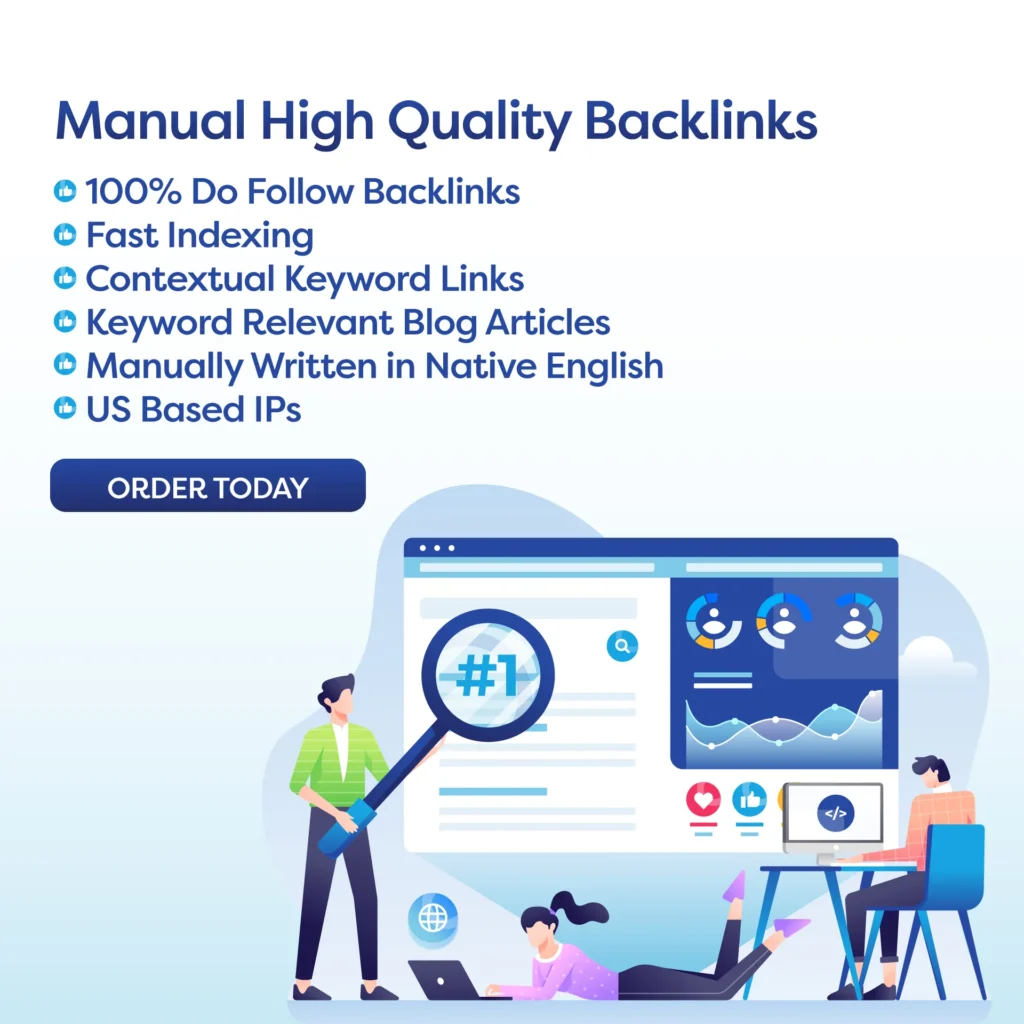Image Optimization for SEO
Introduction
In today’s digital world, having a visually appealing website is crucial for any business or brand to stand out. Images are an essential element of a website, and they play a significant role in attracting and engaging visitors. However, not many people realize that images can also impact a website’s loading speed and search engine ranking. This is where image optimization comes into play.
What is Image Optimization?
Image optimization is the process of reducing the file size of an image without compromising its quality. It involves various techniques and tools to make images more search engine and user-friendly. The primary goal of image optimization is to improve a website’s performance and enhance the overall user experience.
Why is Image Optimization important for SEO?
Optimizing images is crucial for search engine optimization (SEO) as it can directly impact a website’s ranking on search engine result pages (SERPs). The faster a website loads, the better it performs in search engine algorithms. Moreover, search engines like Google consider page loading speed as one of the ranking factors. By optimizing images, you can improve your website’s loading speed, leading to better SEO results.
How to Optimize Images for SEO?
Here are some tips for optimizing images to improve your website’s SEO:
1. Choose the right file format
The most commonly used image formats are JPEG, PNG, and GIF. Each format has its own benefits and should be used accordingly. JPEG is best for photographs, PNG for images with transparent backgrounds, and GIF for animated images.
2. Compress images
Large image file sizes can significantly slow down your website. Use compression tools like Adobe Photoshop or online tools like TinyPNG and JPEG Optimizer to reduce the file size of your images without compromising their quality.
3. Use descriptive filenames
When saving an image, use a descriptive filename that includes relevant keywords. This will not only help search engines understand the image but also improve your chances of appearing in image search results.
4. Optimize alt text
Alt text is the text that appears when an image cannot be loaded. It is essential to optimize alt text by using relevant keywords to describe the image. This helps search engines understand the image and improves the chances of it appearing in image search results.
5. Use responsive images
With the rise of mobile devices, it is crucial to use responsive images that can adapt to different screen sizes. This not only improves user experience but also helps with SEO as Google considers mobile-friendliness as a ranking factor.
6. Utilize image sitemaps
Creating an image sitemap allows search engines to crawl and index your images, making it easier for them to appear in image search results. This is especially useful for e-commerce websites with a large number of product images.
Conclusion
Image optimization is a crucial aspect of website optimization and SEO. By following these tips, you can not only improve your website’s loading speed but also enhance your chances of appearing in image search results. Remember, a visually appealing website is essential, but it should not come at the cost of poor performance and SEO. So, optimize your images to speed up your site and improve SEO.
